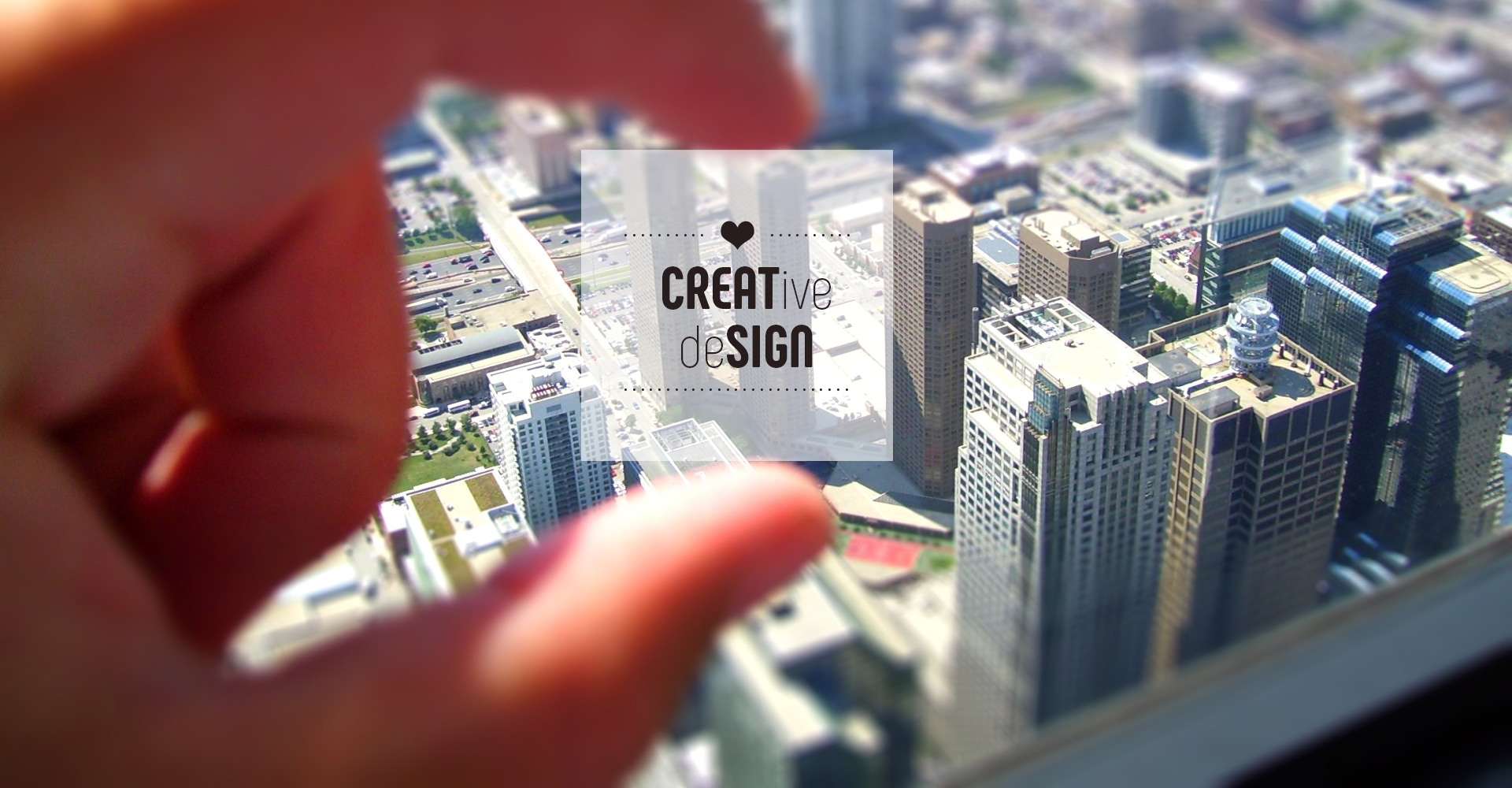In today’s digital world, the role of a Frontend Designer has become an exciting and dynamic position that combines the artistry of design with the technicality of development. Traditionally, design and development have been distinct roles, but the rise of the frontend designer has led to a blending of both skill sets in a single position. This unique combination allows professionals to create visually appealing, user-friendly websites and applications while also ensuring their technical functionality.
1. The Art of Visual Design Meets Code
Frontend design is where the aesthetics of a user interface (UI) meet the structure of a website or app. A frontend designer is tasked with creating layouts, color schemes, typography, and overall visual elements while also ensuring the code works seamlessly behind the scenes. This combination of design thinking and development skills allows for more efficient and cohesive work processes.
What’s especially exciting is that frontend designers aren’t just producing static visuals—they are crafting interactive experiences. A well-designed page isn’t just about how it looks, but how users interact with it. Frontend designers often use HTML, CSS, and JavaScript to bring their designs to life. It’s the perfect fusion of creativity and logic.
2. Bridging the Gap Between Design and Development Teams
In many organizations, frontend designers act as the bridge between the design team and the development team. They are the key players who take design mockups and translate them into functional, interactive web pages. This eliminates a lot of miscommunication and unnecessary handoff delays.
By combining both design and development skills, frontend designers understand both the aesthetic vision of the design team and the technical requirements needed to bring that vision to life. This allows for quicker decision-making and smoother workflows. For example, a frontend designer can easily identify when a design element may not be feasible from a technical standpoint or propose alternate solutions that meet both design goals and performance needs.
3. Interactive Prototyping
Frontend design allows for the creation of high-fidelity prototypes that are interactive and functional. Tools like Figma, Sketch, and Adobe XD have enabled designers to create prototypes that are not only visually appealing but also interactive. These prototypes can be directly translated into code or tested for usability. By knowing how to code, a frontend designer can move beyond simple visual mockups and create working prototypes that provide real-time feedback.
The ability to create fully functional prototypes is especially beneficial when collaborating with clients or stakeholders. A clickable prototype allows them to experience the design firsthand, offering valuable insights and feedback before the final product is built.
4. Responsive and Adaptive Design
A crucial aspect of frontend design is creating designs that are responsive and adaptable across different devices and screen sizes. A frontend designer needs to ensure that their designs are fluid and flexible, adjusting to mobile, tablet, and desktop formats. This is where technical knowledge plays a significant role—designers need to be familiar with CSS media queries, flexbox, and grid systems to ensure that their design works smoothly on all devices.
What makes frontend design particularly interesting is how you can craft a design that looks great on any device without sacrificing performance. It's all about balancing aesthetic appeal with functionality. The combination of creative layout choices and technical CSS techniques enables designers to create beautiful, responsive designs.
5. User-Centered Design with Code
Frontend designers also focus heavily on the user experience (UX). The combination of design and development allows them to see their work from the user's perspective, understanding both how it should look and how it should function. This is especially important for UI/UX design, where user flows, interactions, and usability are key considerations.
The ability to write and understand code allows frontend designers to optimize user interactions directly. Whether it's smooth transitions, animations, or interactive elements like forms and buttons, a frontend designer can code these interactions in a way that aligns perfectly with their design intentions. This results in seamless and engaging user experiences.
6. The Creative Freedom
One of the most exciting aspects of being a frontend designer is the level of creative freedom it provides. Since the role blends design and development, there’s an opportunity to experiment with new visual trends, layouts, and interactions while simultaneously solving technical challenges. This versatility is incredibly rewarding for professionals who enjoy both creative expression and technical problem-solving.
With the advancement of technologies like CSS animations, JavaScript frameworks (React, Vue, Angular), and WebAssembly, frontend designers have even more tools at their disposal to push the boundaries of interactive and dynamic web experiences.
7. The Challenge of Performance
In frontend design, it’s not enough for a page to just look good. It also needs to be fast, accessible, and optimized. Frontend designers must consider performance optimizations like lazy loading, image compression, and minimizing HTTP requests. A beautifully designed website that loads slowly or isn’t optimized for performance will result in a poor user experience.
As a frontend designer, balancing aesthetics with performance is a constant challenge. The ability to write efficient, optimized code allows you to create designs that not only look stunning but also perform smoothly, even under heavy load.
Conclusion
Frontend design is a unique role that merges the creativity of design with the technicality of development. It allows designers to work hands-on with both the aesthetic and functional aspects of a website or app. By understanding both the visual and coding sides of design, frontend designers bridge the gap between creative visions and technical implementation, resulting in beautifully functional user experiences. It’s a rewarding and dynamic career for those who enjoy working at the intersection of art and technology.
